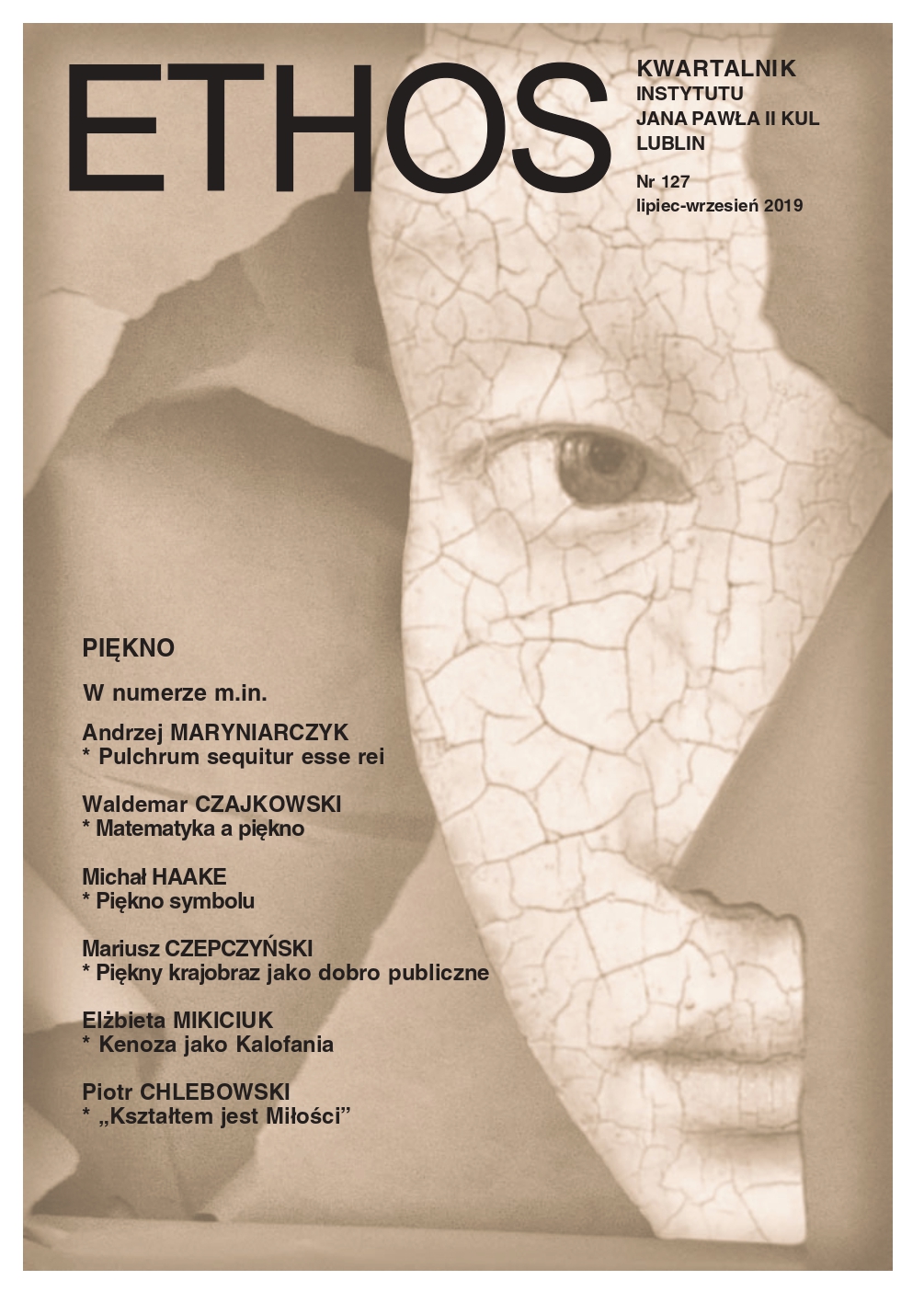Український альтернативний фольк: варіативна складова
Purpose of Article. To determine the scope of Ukrainian folk music alternative space; to define the main trends of folk-alternatives styles; to identify issues of styles interlacing and branches, as between the alternative and folk, and within the genres and styles of alternative music. Methodology. The methodology of research is the theoretical modeling method (for constructing analogies between genre and stylistic principles of oral folk creativity and ways of alternative music); historical and comparative method (to identify common and different genre and stylistic features of folk and alternative). Scientific Novelty. The novelty of the work caused by the fact that still was not considered all the factual conglomeration of Ukrainian folk alternative, so for the first time under «one roof» is an attempt to collect a broad stratum of Ukrainian music of the particular kind. Conclusions. The results of the research support the idea that Ukraine has a large number of folk-alternative musical formations which create bright and original genres and represent Ukraine on the platform of world’s music. The present results are significant in terms of the opportunities to observe the diversity and professionalism of Ukrainian folk alternative music.
More...















